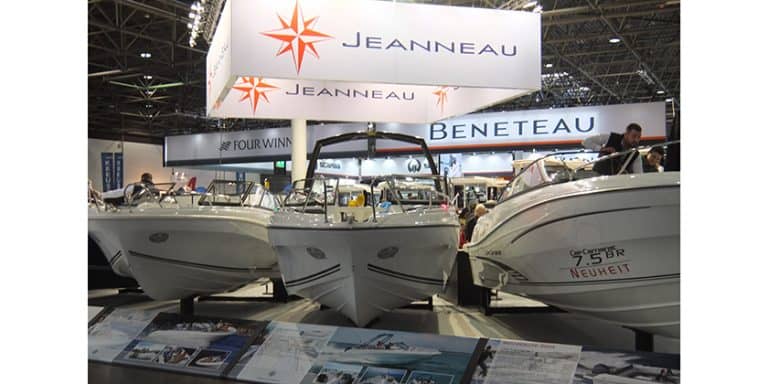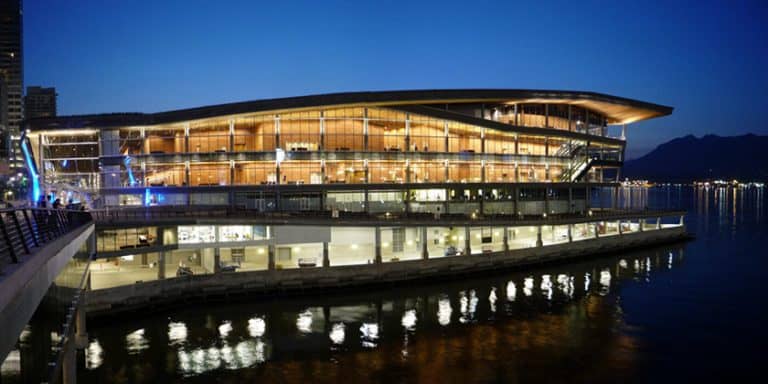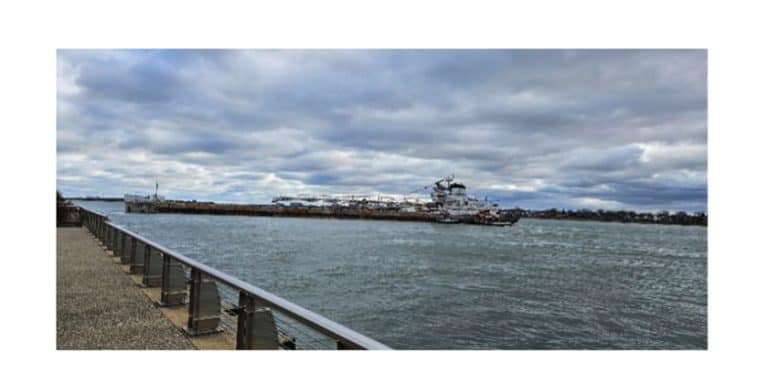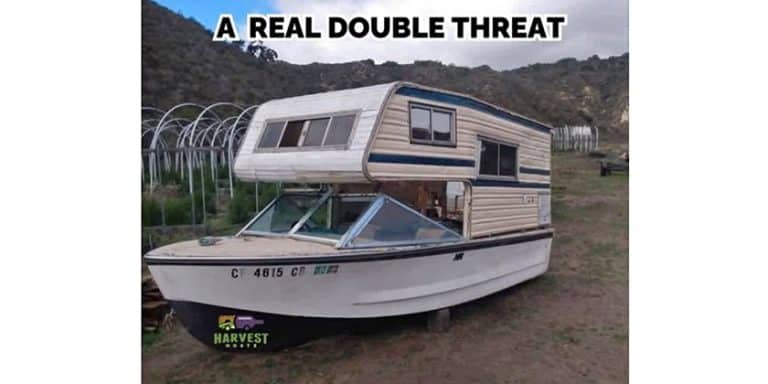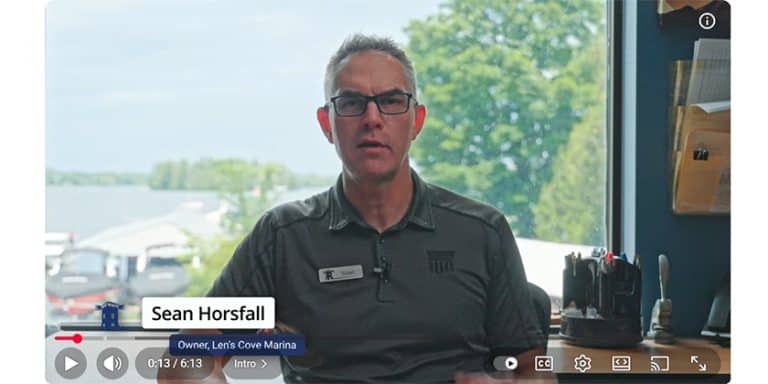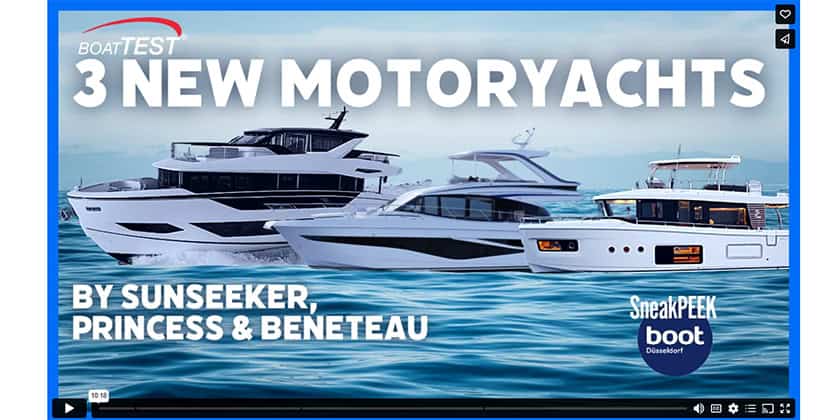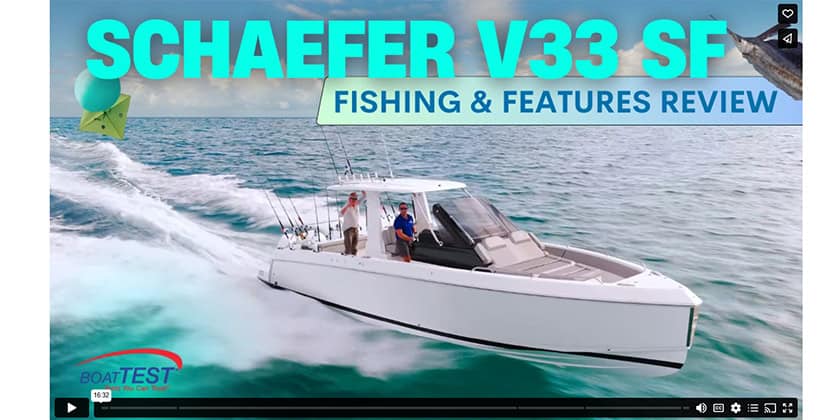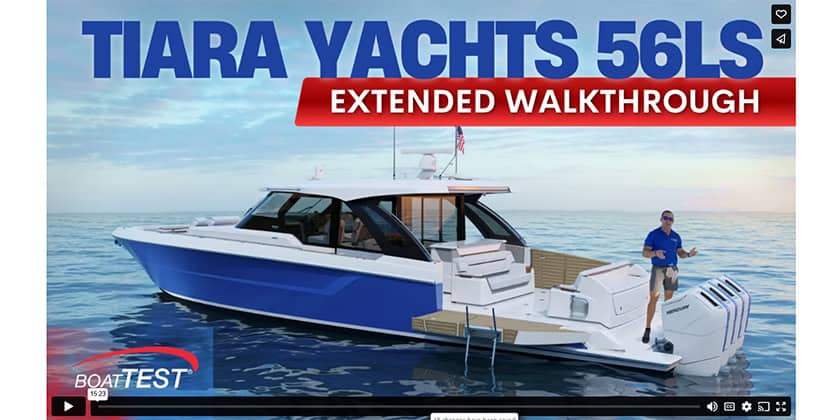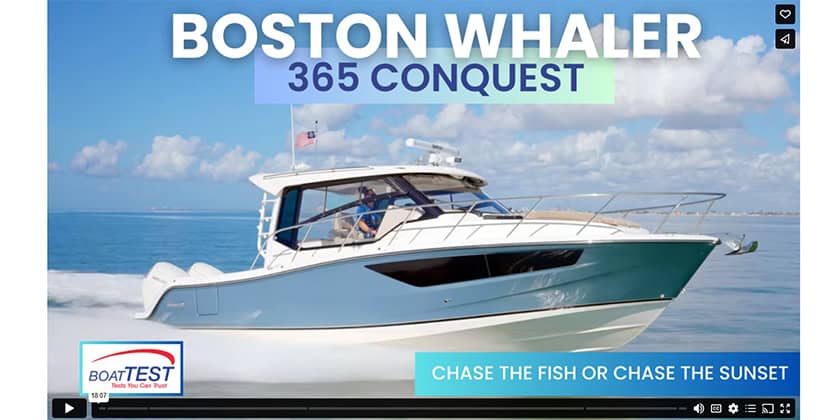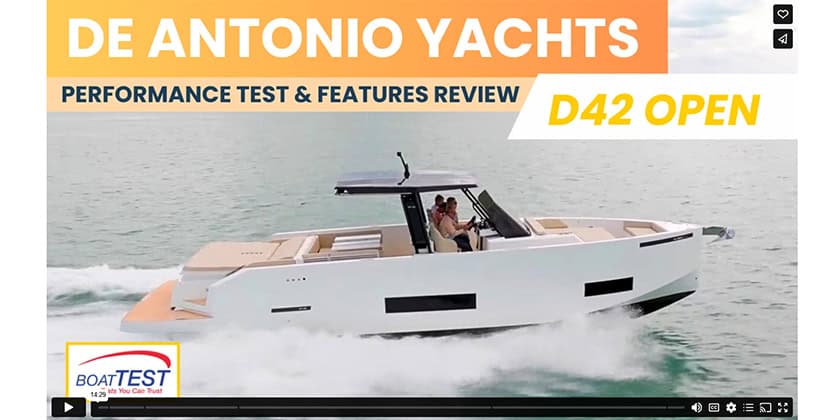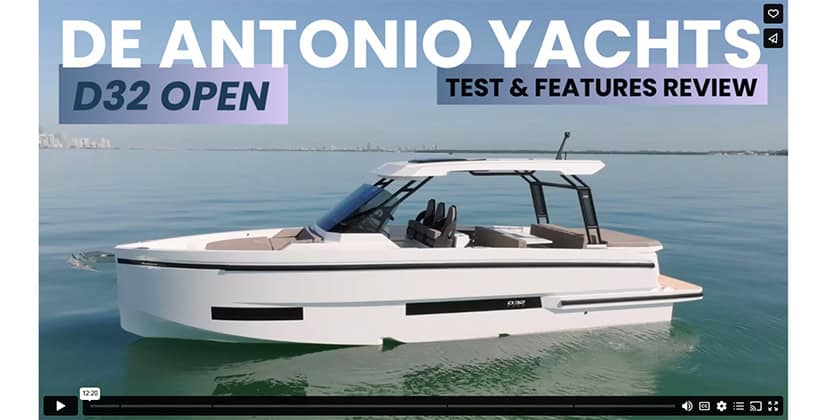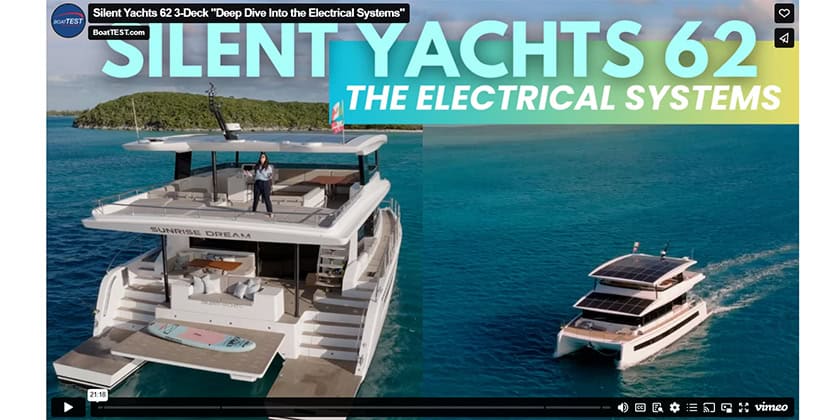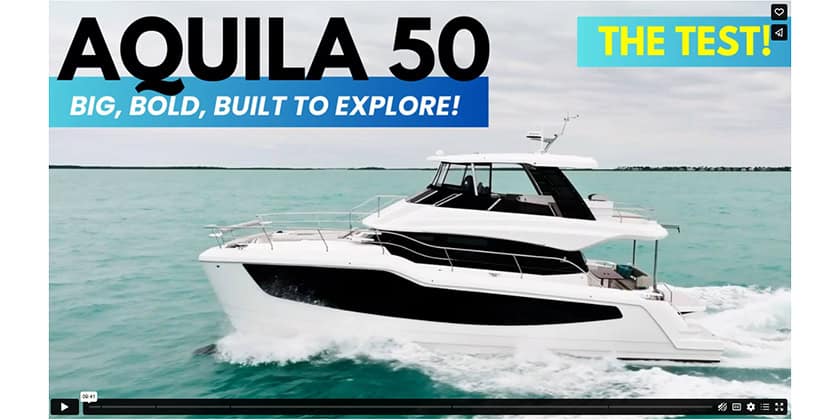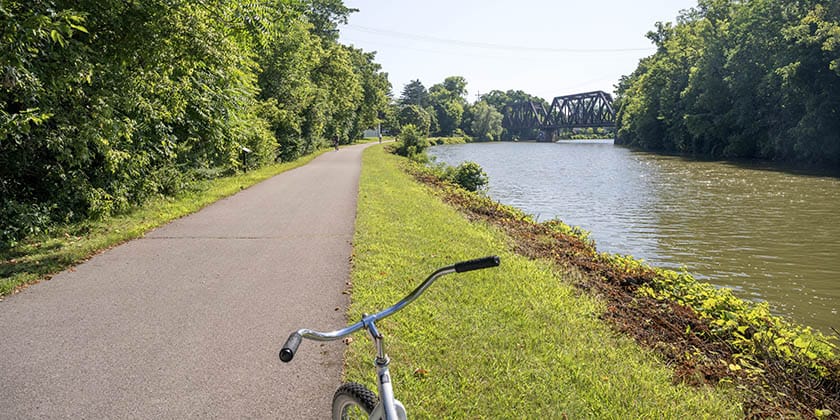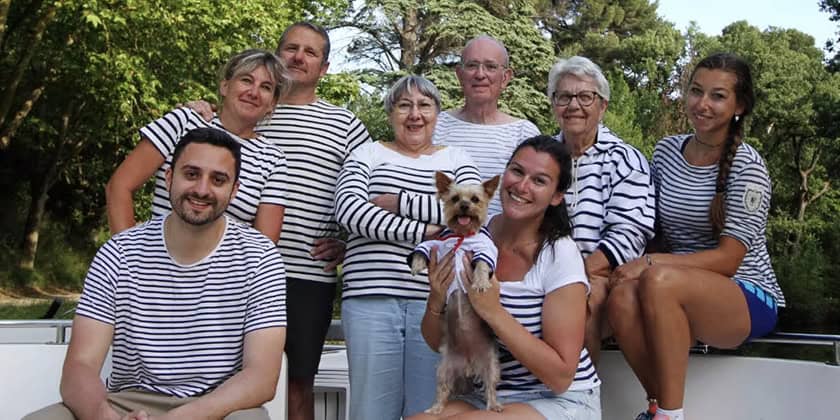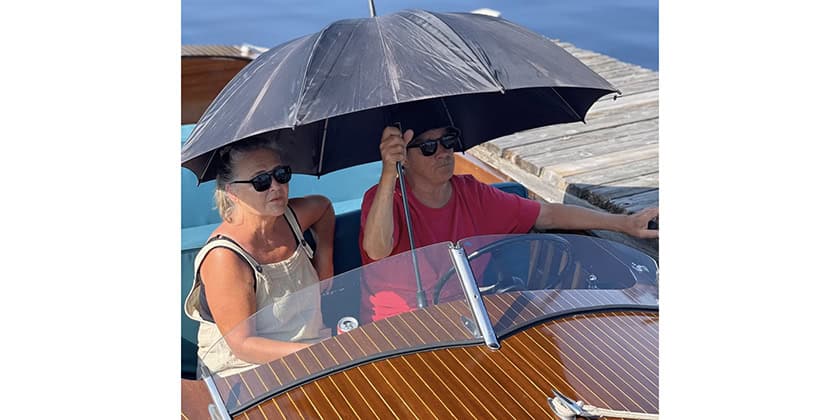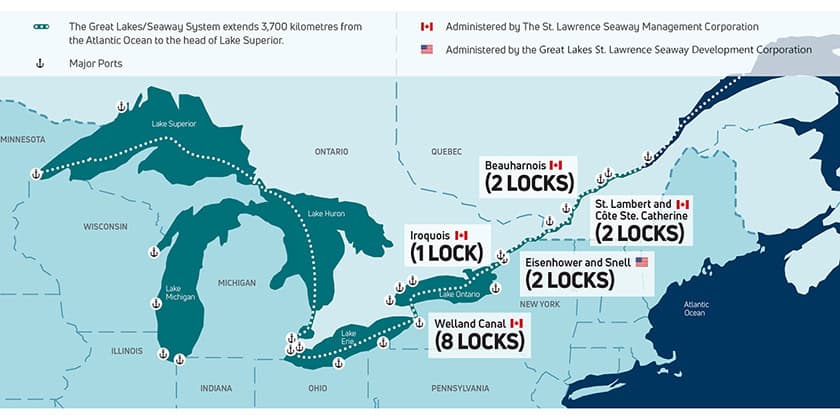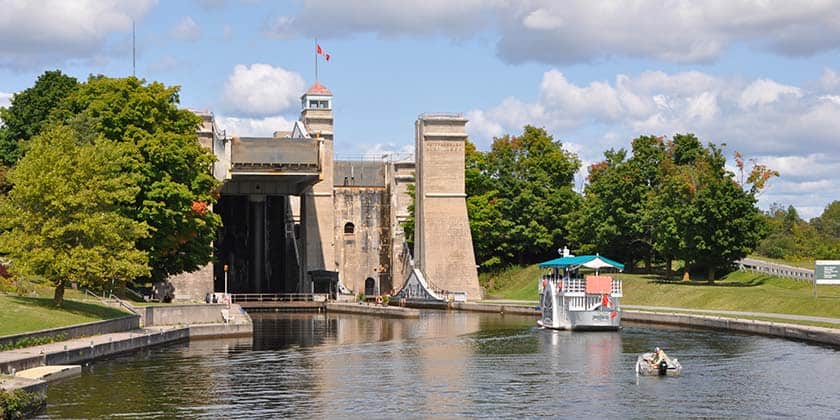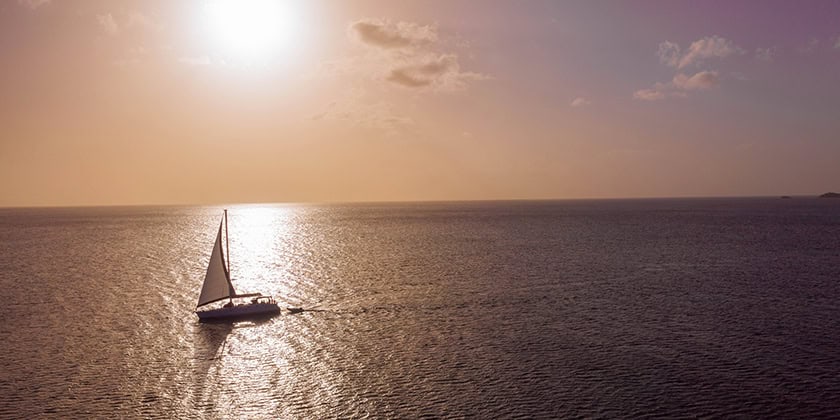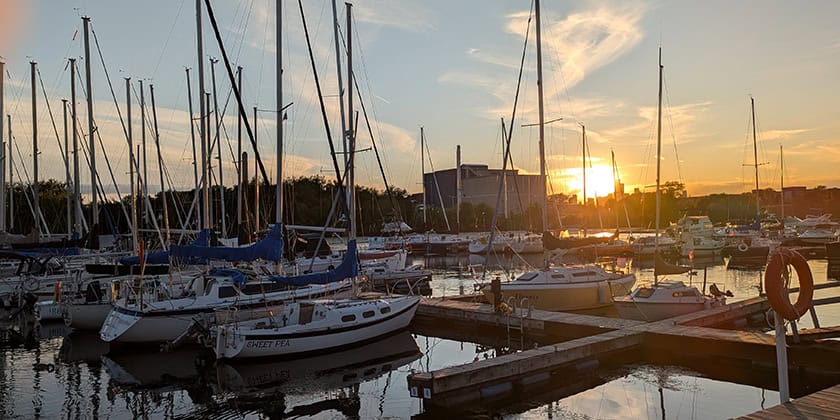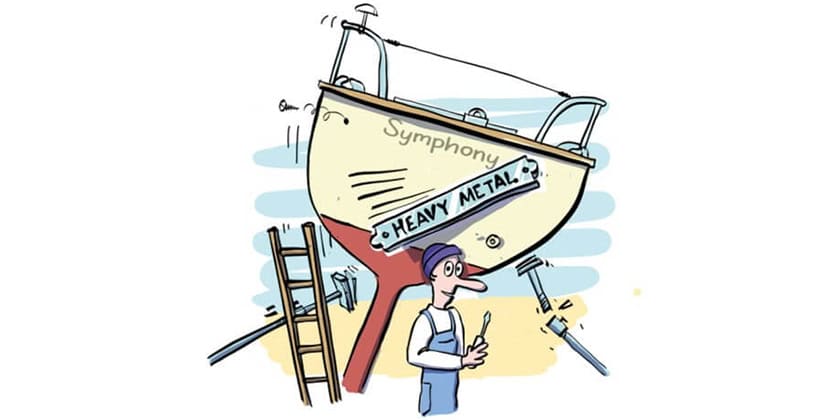Plugboats: Axopar: More Electric Options

By Jeff Butler
Oct 24, 2024
Since January of 2024 Axopar has been celebrating its 10th anniversary as one of the world’s fastest growing boat brands. They have now delivered more than 6,000 boats all over the world in the past decade and are getting ready for the next with the launch of an all-electric model line: AX/E.
The first two models in the line are the AX/E 25, which won the 2023 Gustave Trouvé (Gussies) Electric Boat Award in the Production Boats Up To 8m/26 ft category, and the smaller AX/E which debuted at the Cannes Yachting Festival this past September.
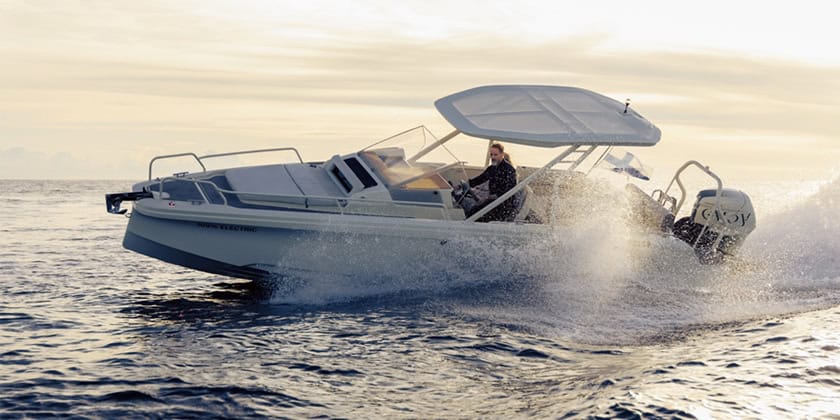
The fossil fuel propulsion model of the 22 has won numerous awards itself, including the Motorboat Award, European Powerboat of the Year and Best of Boats. The company says the “AX/E 22 continues this pioneering spirit, combining sophisticated elegance with sustainability and thrill, perfect for those who demand the best from their time on the water.”
The two questions most people are going to ask about a boat like an Axopar being powered by electricity are: how fast? and how far?
There is no problem with the speed. Both of the Axopars are powered by electric outboards by Norwegian company Evoy, which Axopar has a 10% ownership stake in after leading a €6.4M ($6.9M US) funding round in 2023. Evoy has a range of high powered outboards and inboards that are used on both recreational boats and commercial workboats like those used in Norway’s aquaculture industry.
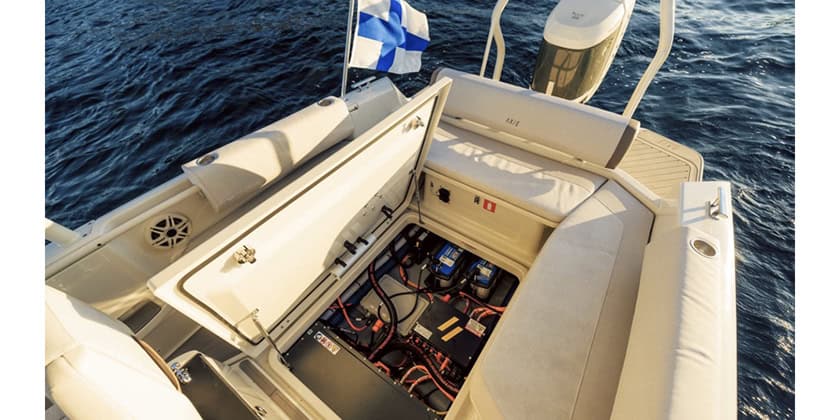
The AXE 25 has an Evoy Storm +300 HP outboard at its stern. Although electric motors are measured in kiloWatts, many companies like Evoy use the horsepower equivalent in the naming: the Storm 300 has 225 kiloWatts of continuous power, 225 X 1.3 = 292. That is the continuous power, though. There is also a measurement of peak power – available power for short periods, like getting on plane – and the Evoy motor has 450 kW in that regard: 610 HP.
That means a top speed of 50 knots / 57 mph / 92 kmh, Axopar bills itself as ‘the Adventure Company’. and although I haven’t had a chance to be on the AX/E 25, I have been on an Evoy powered RIB (Rigid Inflatable Boat) going close to that speed, and I can guarantee it is enough adventure for just about anyone!
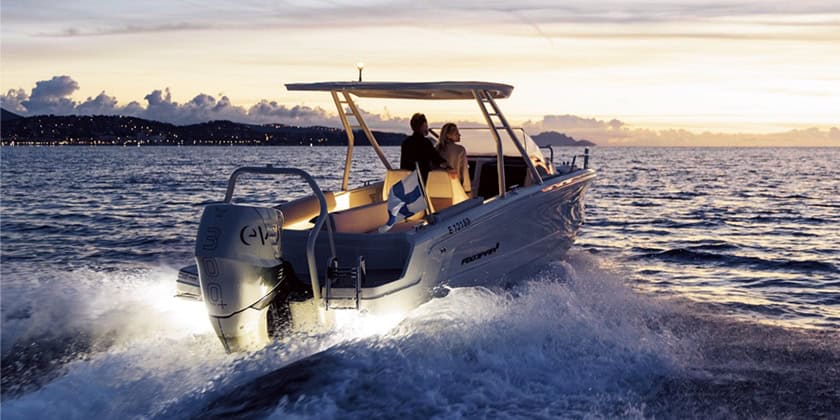
The AX/E 22 uses the Evoy Outboard Breeze 120+ HP, with continuous power of 90 kW (≈ 122 hp) and a peak of 137 kW (≈ 185 hp). The smaller motor on the smaller boat can get it to a top speed of 36 knots / 42 mph / 67 kmh.

As for the how far question, the kW rating of the motors is more helpful than the horsepower rating, because kiloWatts and kiloWatt hours are both based on the International System of Units (SI). One kiloWatt hour is how much energy a One kiloWatt power motor uses in one hour.
Knowing the energy consumption of a motor, you just need to know the capacity of the battery storing the electricity to calculate range. The 25 foot Axopar has a battery holding 126 kWh and the 22’s battery is half that size: 63 kWh.
The cruising speed for the AX/E 25 is 25 knots / 46 kmh, (which I’m going to use because kilometres are also part of the SI). At a cruising speed of 46 kmh the energy usage is about 2.4 kWh per kilometre. With 126kWh available in the battery, that’s a range of about 50 km.
The AX/E 22 uses less energy to achieve the same cruising speed – about 3.3 kWh per kilometre, so the range at cruising speed is 35 km. At low speeds (and most people are surprised when they find out how much of their boating time is at low speeds) – the AX/E 25 can take you as far as 120km and the 22 has a high end range of about 76km.
Other than the motors, the rest of the AX/E models are the same as their fossil fuel powered siblings, with the same options and amenities.
The environment is obviously the key reason that Axopar is getting into electric boating. Their website says “The world is a different place now to when we started in 2014 and companies of all types are being run with different mindsets and renewed values than they were before.”
At the same time, though, I spoke with Axopar’s Founding Partner and Creative & Innovation Director Jan-Erik Viitala early this year, who made it clear the company would not be offering electric versions of their boats unless the performance in both speed and range would be consistent with what has made them so successful for 10 years.
“Standing still has never been an option at Axopar,” he says. “We prefer to pick up speed, harness momentum, reinvent ourselves, and yet stay true to who we are. This is how we generate the electric boost—the Axopar way. While others talk about electric boating, we focus on E-Performance, because the joy of being on the water should never be compromised, just as the essence of an unforgettable boating experience.”
When a major player like Axopar decides to get into electric boats, it’s a pretty good sign that the EV revolution is starting to come to the water. As more companies offer high power electric motors and battery storage technology advances, you may see one on a lake near you sooner than you expected.
Jeff Butler is based in Toronto and is the Editor/Publisher of plugboats.com, the international website covering everything electric boats and boating. He is also President of the Electric Boat Association of Canada and is busy preparing to bring electric motor boat racing and exhibitions to Toronto Harbour.

